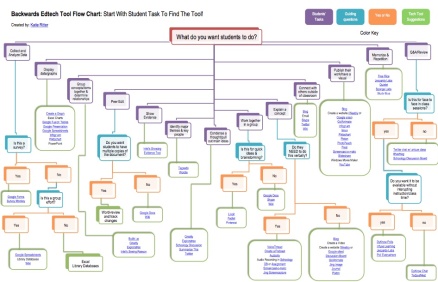I can’t seem to get my head around it! No matter how many times I talk to someone around the world and it sounds like they are sitting in the same room with me, I am filled with wonder. When I look at anything in micro and see how color and design pop forward that I previously hadn’t observed, I am amazed. No matter how many times I fly, I am still amazed at how such a large object is able to leave the ground, how quickly it moves me from distant place to distant place, and how infinite the places, spaces, and quantities of people, relationships, and details of life spread out below me as I gaze at large metropolitan areas below. My head starts to hurt when I imagine what God’s job must be like listening to all the people below and then adding in all the others around the world who live beyond the narrow strip of earth I am flying over at that moment.
Sometimes part of our problem in education is that we are too outcome focused – I imagine some of you are surprised to hear me say that! Life is meant to be a journey, and life is full of learning. We are on a journey/quest of learning and wonder – it is how we are wired as image bearers of God – we are wired for questioning and discovery. The role of science in this journey then is not to nail it all down, but to continue to expand our wonder. Robert Sapolsky, a distinguished scientist, reflects this sentiment: “The purpose of science is not to cure us of our sense of mystery and wonder, but to constantly reinvent and reinvigorate it.” Sapolsky captures the sense of wonder and complexity in these words: “. . . an impala sprinting across the Savannah can be reduced to biomechanics, and Bach can be reduced to counterpoint, yet that does not decrease one iota our ability to shiver as we experience impalas leaping or Bach thundering. We can only gain and grow with each discovery that there is structure underlying the most accessible levels of things that fill us with awe.”
Part of the purpose of learning is to gain a greater sense of wonder. Well known physicist/genius Richard Feynman suggests: “The purpose of knowledge is to appreciate wonders even more.” Our process of learning then is not to produce certainty through a command of factual information, but to produce a greater appreciation of wonder, to be increasingly motivated to learn more and more and to engage in the study of complexities yet not understood. In the learning process the student should have questions multiplying rather than being answered – and sometimes this might mean the questioning of things we thought we knew…or had an answer for.
Franciscan priest Richard Rohr suggests that wondering connotes at least three things: 1) standing in disbelief, 2) standing in the question itself, and 3) standing in awe before something. He suggests that it is spiritually healthy to remain open to all three things inside of you as long as you don’t let skepticism and negativity gain the upper hand. To remain in the question keeps us spiritually humble and open to what is possible.
Despite concerns about “science bleaching the world of wonder,” Phillip Ball suggests in his article “Why Science Needs Wonder” that “science today appreciates that the link between curiosity and wonder should not, and probably cannot, be severed, for true curiosity – as opposed, say, to obsessive pedantry, acquisitiveness or problem-solving – grinds to a halt when deprived of wonder’s fuel.” I believe we simply cannot detach our emotions, our enthusiasm, our fervor, our aesthetic and moral impulses, our sense of awe and wonder – it is our innate response to worship, to bow in humility before a God whose “glory is beyond the heavens, whose ways are past finding out.”
It is the task and the joy of the Christian teacher to balance the two extremes – to not too quickly give religious answers to questions of wonder so that a student’s curiosity for further inquiry is dampened, and on the other hand to not advance the idea that we must be in doubt about everything and that what we do know is simply the result of man’s discovery.




